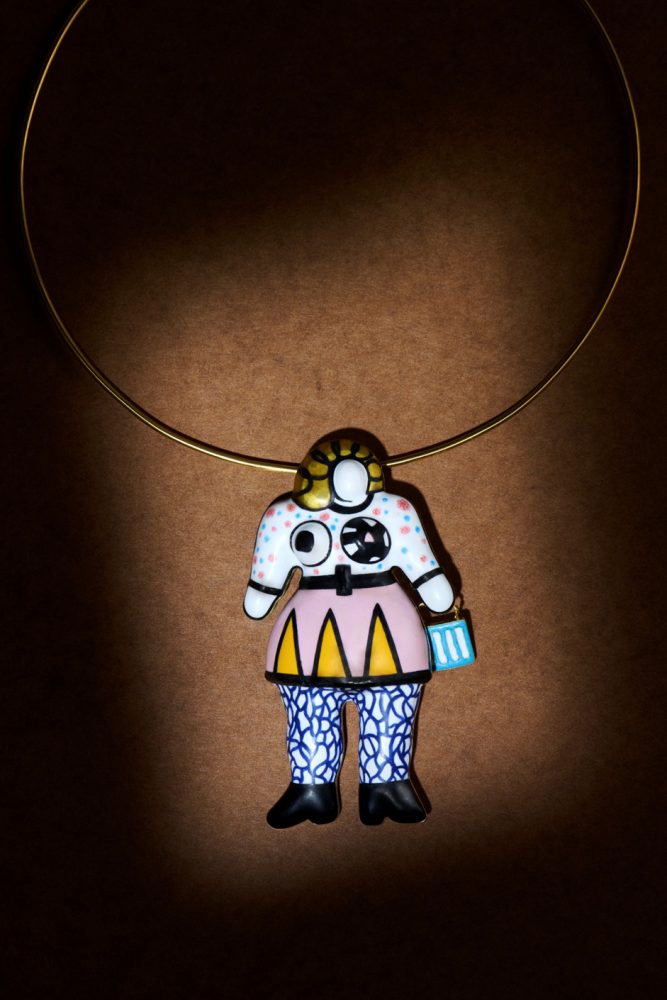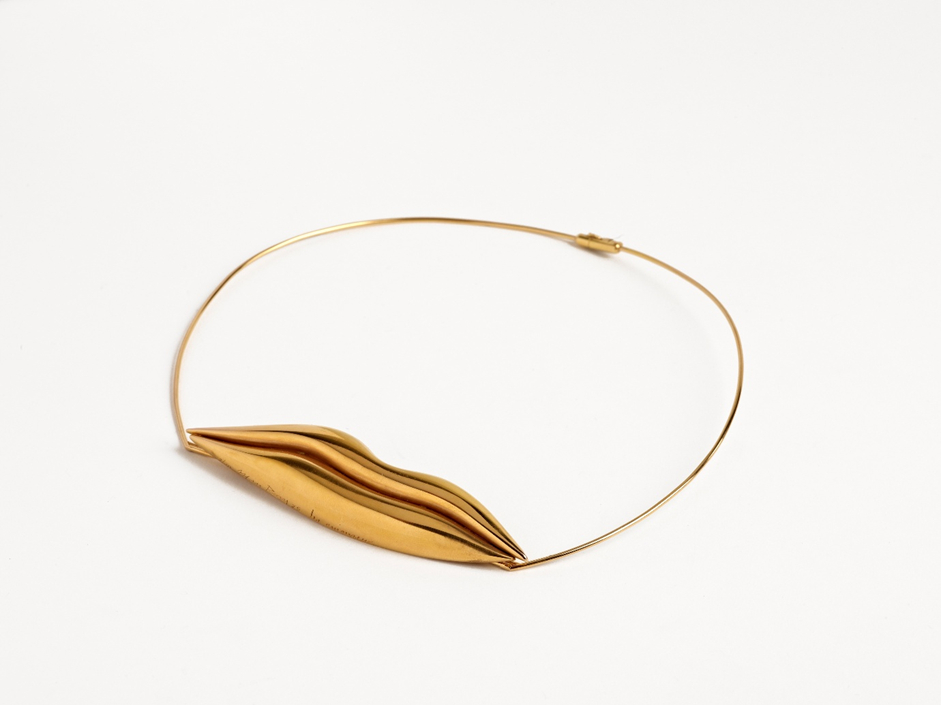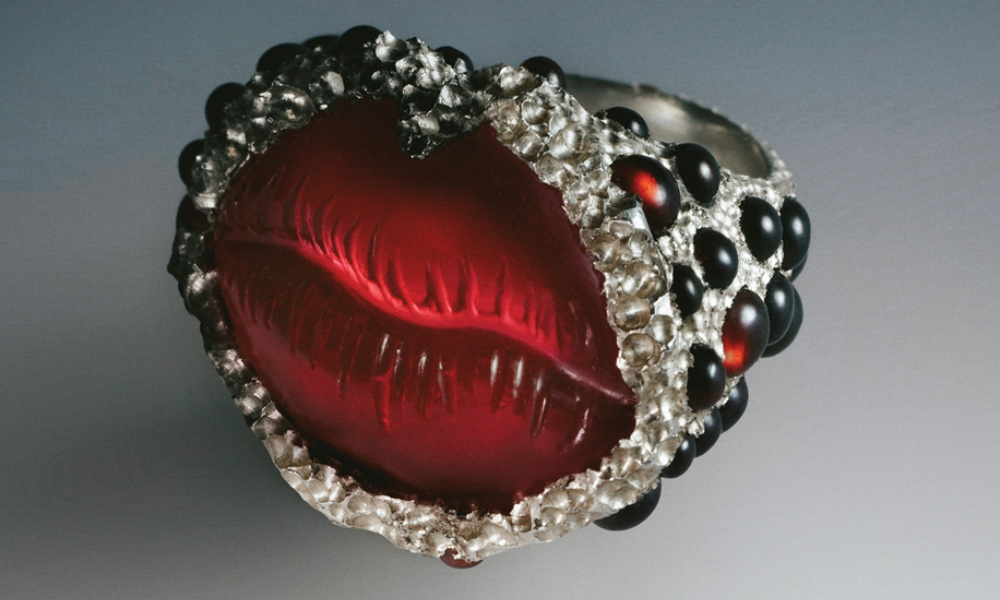Louisa Guinness Gallery presents a bold new exhibition marking 101 years of Surrealism.
Gallery owner and collector Louisa Guinness has carefully balanced historic masterpieces by artists of previous generations with highly individualised, modern collaborations. “That balance has always defined the gallery’s identity. From the beginning, I’ve been interested in how new voices can sit beside historic masters like Dalí or Man Ray to create unexpected conversations through strong and original design, craft and quality,” says the collector, who has worked with contemporary artists such as Anish Kapoor, Antony Gormley, Claude Lalanne, Ed Ruscha, Gavin Turk and Yinka Shonibare.

Drawn to artists who see jewellery as wearable art, people who push beyond adornment into something conceptual or emotional, Louisa shares: “The gallery has always supported that through collaboration and commissioning, from early projects with Anish Kapoor and Gavin Turk to newer collaborations that introduce independent designers to collectors and institutions, such as Martina Kocianova, Roei Palant and Jiayang He.”

Louisa Guinness Gallery focuses on creating a comprehensive and accessible platform that allows people to explore artist-made jewellery as intimate sculptures and works of art – whether digitally via social media and our website, or physically in the gallery and through collaborations, notes its founder. “We always strive to go beyond just a gallery space, and instead create a knowledgeable, immersive environment where people can engage deeply with each exhibition,” she adds.

In conversation with Louisa Guinness about her new exhibition:
In curating Surrealist Jewels 101, how did you approach translating that sense of the “unreal” into something as tangible and intimate as jewellery?
Surrealism invites us to see the familiar differently and allows creators to turn dreams into objects. Translating that spirit into jewellery meant selecting works that blur the line between imagination and materiality.
The exhibition coincides with the 101st anniversary of the movement and brings together historic masterpieces by Dalí, Man Ray and Claude Lalanne with contemporary designers such as Hannah Martin, Castro Smith, Wen Ju Tseng and Roei Palant, who each reinterpret Surrealist ideas for the present. These pieces don’t simply decorate the body; they invite the wearer into a world where form, fantasy and function merge. Dalí’s Eye of Time, with its working mechanism and jewel-like gaze, perfectly embodies that beauty, precision and the subconscious – all captured in miniature.

You describe the exhibition as a “Surrealist experience,” not just a show. What were some of the curatorial or spatial design choices that helped create this sense of immersion?
For this exhibition, we have tried to create a display that reflects the Surrealist movement, allowing the space itself to become part of the experience. Alongside playful and misrepresented props such as blue apples, lobsters, and alligators, we’ve used mirrored surfaces, shifting light and carefully staged juxtapositions to create moments of surprise and disorientation. I wanted people to lose the sense of viewing jewellery as something contained and traditional; instead, it becomes a playful environment of imagination and illusion.

The show places historic masters such as Dalí and Man Ray alongside contemporary makers. What kinds of contrasts emerge between these generations?
The intention was to show continuity rather than contrast. Surrealism has always been an open-ended language, and I wanted to reveal how its ideas still pulse through the work of contemporary designers. Placing Dalí or Leonora Carrington beside younger artists such as Martina Kocianova or Hannah Martin highlights how themes such as transformation, curiosity and humour remain deeply relevant. It also reinforces the gallery’s ethos of presenting historic and contemporary works side by side, allowing each generation to illuminate the other.
Surrealist jewels often balance humour, provocation, and beauty. How do you see those elements playing out in the pieces you’ve chosen, and why do you think Surrealism still resonates so strongly today?

As Surrealism marks its 101st anniversary, how are designers reinventing it for the 21st century?

